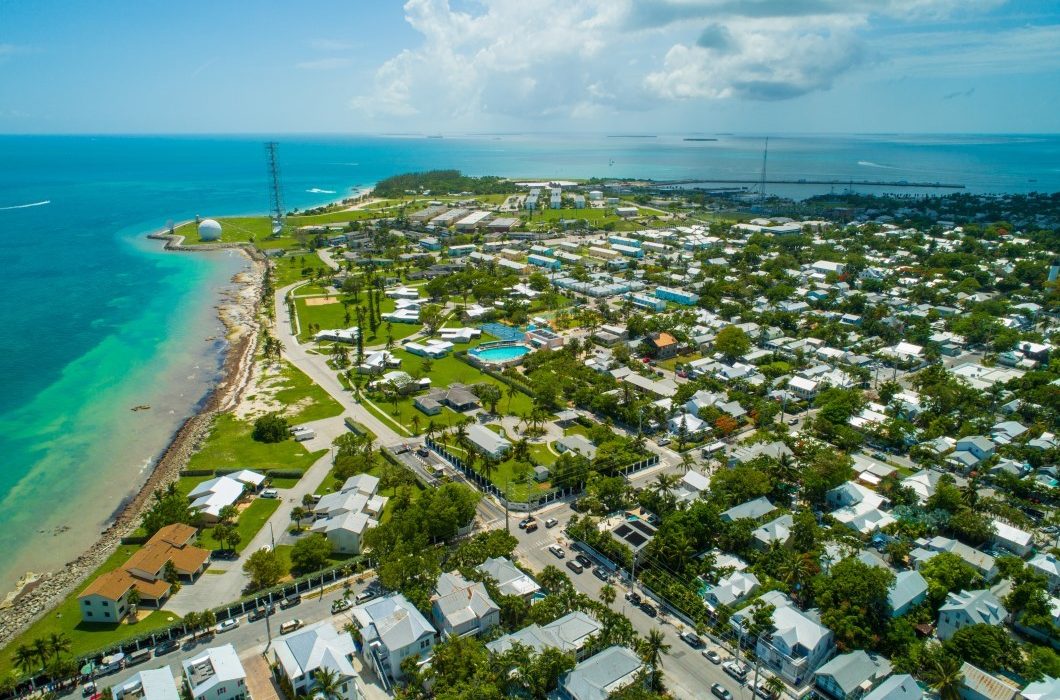
You might also like:
Florida tourism is endangered by climate change. The coastal areas with the highest tourism presence, such as Miami, Florida Keys, Palm Beach or Tampa, may be seriously affected by floods and could even disappear under the waters in just a few decades. Surprisingly, the problem isn’t related to the continuous storms or hurricanes in the region, weather phenomena that have been a normal occurrence in this state, but the “high tides”, which lately flood urban areas despite the good weather.
A report issued by the Union of Concerned Scientists (UCS) suggests that in Florida, there are over 64,000 homes at risk of being trapped or buried in water in the following decades. This real estate segment is valued at 26 billion dollars and includes commercial establishments and hotels.
The study highlights that across the United States, there are 311,000 coastal homes, valued at 120 billion dollars, which are at risk of chronic flooding by the end of 2045. Florida tourism is likely to be one of the victims of the floods.
The UCS forecasts that the oceans’ level will increase 55 centimeters by 2045 and up to 1.95 meters by the year 2100. This poses a serious threat for Florida, the country’s flattest state, which has an average altitude of 1.80 meters with several sites below the ground level.
However, this is not the only alarming forecast: the Sea Level Rise organization points out that the sea level of coastal areas of this state has increased by 20 centimeters during the last 50 years; but its rate of increase accelerated in the last decade, at a rate of three centimeters per year, as reported by the Ocean & Coastal Management Research Study.
What are its causes? Antarctica and Greenland’s ice melting are reasons number one, the expansion of ocean water, the deceleration of the currents in the Gulf Stream, and the land subsidence. All of these causes translate into a single origin: climate change, which has been the result of global warming and melting of the polar ice caps.
The richest and poorest cities of the state have undertaken million-dollar investments to stop this “death in slow motion”, as described by the UCS.
Miami Beach has set aside 400 million dollars to build piers, install water pumps, and raise the level of its streets and roads, which suggest an investment of two million dollar for every 100 meters.
For its part, Fort Lauderdale developed a 1 billion dollar program to face the floods. Meanwhile, Palm Beach has set a fund of 17 million to create mangroves, oyster reefs, swamps and marine plant habitats across 30 hectares, which will function as natural protection against floods.
According to Astrid Caldas, co-author of the UCS report, 85% of the properties that are at risk could be saved if the goals of the Paris Agreement, which is a proposal to limit global warming to an average of two degrees, were met.
But in the U.S., President Donald Trump refused to sign the agreement, so the solution is still far away.
Source: tourism-review.com
